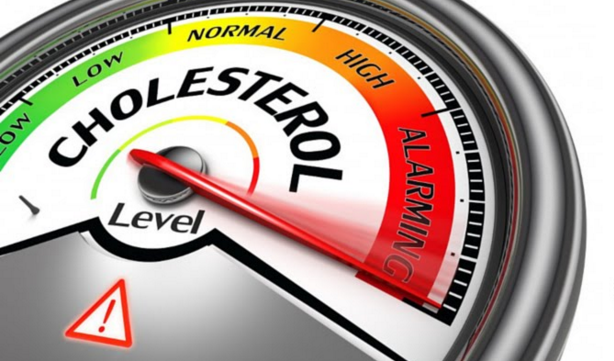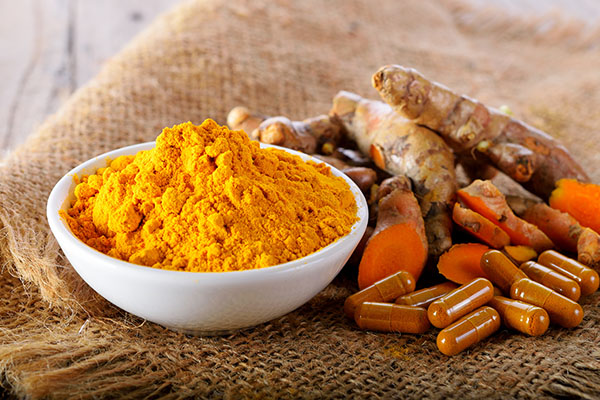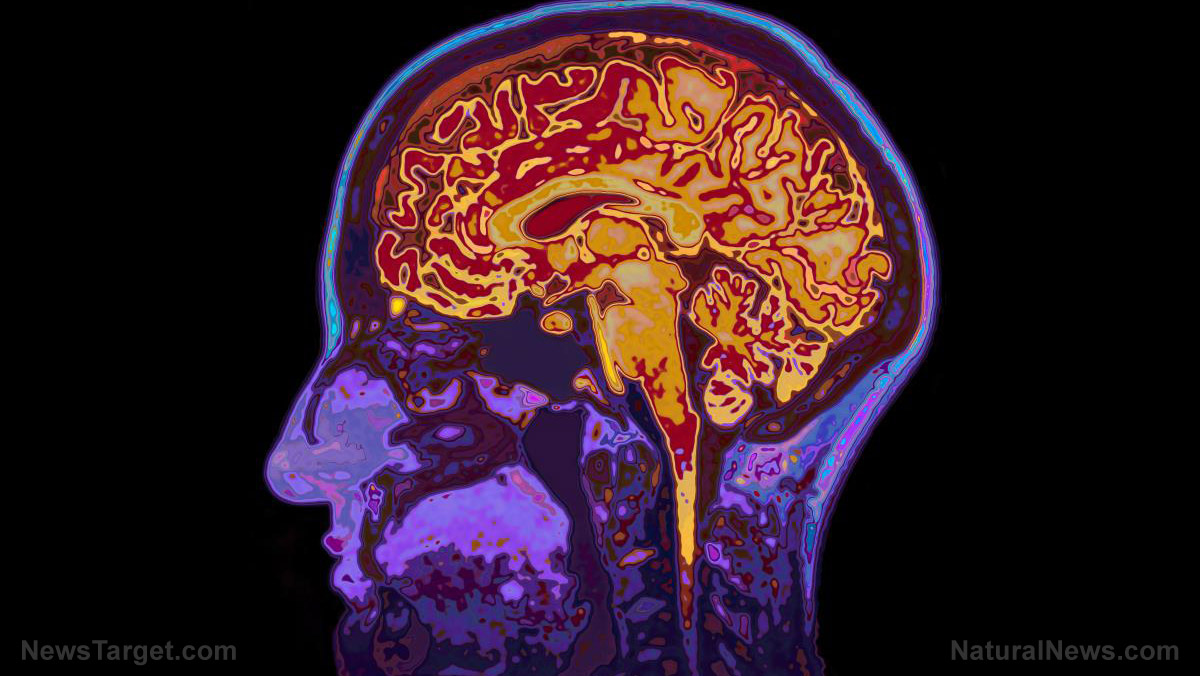
- Cholesterol is a vital substance produced by the liver and obtained through diet. It is essential for building cell walls, producing hormones and aiding digestion. However, too much cholesterol in the bloodstream can lead to serious health problems, including heart attacks and strokes.
- Your total cholesterol should be below 200 mg/dL. HDL (good cholesterol) helps remove cholesterol from the bloodstream. Aim for levels above 40 mg/dL for men and 50 mg/dL for women.
- LDL (bad cholesterol) can deposit in artery walls, leading to plaque formation. Ideal levels are below 130 mg/dL, but those with risk factors should aim for below 100 mg/dL, and those with heart disease or diabetes should aim for below 70 mg/dL.
- High LDL often shows no symptoms until significant damage occurs. Warning signs include chest pain, shortness of breath, stroke, heart attack, visible cholesterol deposits (xanthomas) and erectile dysfunction. These signs typically indicate long-term cholesterol buildup.
- Regular monitoring, a healthy diet, regular exercise and lifestyle modifications are crucial for managing cholesterol levels and maintaining heart health. By understanding cholesterol and taking proactive steps to manage it, you can significantly reduce your risk of heart disease and improve overall health.
Warning signs of high LDL cholesterol
High LDL cholesterol often presents no symptoms until significant damage has occurred. However, there are some warning signs to watch for: Chest pain or shortness of breath. Chest pain or shortness of breath can occur due to cholesterol deposits in the heart arteries. This can lead to arterial narrowing and reduced blood flow. Stroke or heart attack. A stroke or a heart attack are severe consequences of cholesterol deposits rupturing and blocking blood flow. Visible cholesterol deposits. Known as xanthomas, these can appear as yellowish deposits around the eyelids or over tendons like the Achilles. Erectile dysfunction. Cholesterol deposits can interfere with blood vessel dilation, affecting sexual function. These signs are often late manifestations of high LDL. By the time they appear, cholesterol has likely been depositing in your blood vessels for years. The key is to detect high LDL early through regular blood tests.Tips for lowering high cholesterol
Managing cholesterol levels involves a combination of lifestyle changes and, in some cases, medication. Here are some effective strategies to lower high cholesterol: Eat more fiber. Dietary fiber, particularly soluble fiber, can help lower cholesterol by trapping bile cholesterol in the digestive system, preventing reabsorption. Foods rich in fiber include whole grains, beans, legumes, leafy greens, fruits and vegetables. Aim for 20 to 35 grams of fiber daily, with at least five to 10 grams from soluble fiber. You can also try lowering your cholesterol by starting your day with a filling and healthy bowl of oatmeal or cold oat-based cereal. Oatmeal or cereal contains one to two grams of soluble fiber. Add a banana or berries for another half-gram of fiber. Current nutrition guidelines recommend getting at least 20 to 35 grams of fiber a day, with at least five to 10 grams being soluble fiber. Unfortunately, the average American only gets about half that amount. Prioritize plant-based foods. Plant sterols, found in whole plant foods, compete with cholesterol for absorption, helping to lower LDL levels. The FDA recommends consuming around 1,300 mg of plant sterols daily. (Related: Black beans: The powerhouse legume you need in your diet.) Increase omega-3 fatty acids. Omega-3s, especially alpha-lipoic acid (ALA) found in chia seeds, flaxseeds and walnuts, can help lower LDL and triglycerides while raising HDL. Aim for two to three grams of ALA daily. Incorporate antioxidants. Antioxidants prevent the oxidation of LDL, making it less harmful. Superfoods like fruits, vegetables and leafy greens are full of beneficial antioxidants. Exercise regularly. Physical activity is vital for heart health. The American Heart Association recommends 150 minutes of moderate aerobic exercise per week, such as brisk walking or cycling. Strength training can also provide additional benefits. Maintain a healthy weight. Excess weight can increase cholesterol levels. Losing weight can help lower LDL and increase HDL. A balanced, nutrient-dense diet and sustainable weight management plan are essential for supporting your overall well-being. Quit smoking. Smoking significantly raises total cholesterol and lowers HDL, particularly in women. Quitting can improve cholesterol levels and overall heart health. By adopting healthy lifestyle changes, many individuals can achieve significant reductions in LDL cholesterol without medication. High cholesterol is a silent threat that can lead to severe health issues. Regular monitoring, a healthy diet, regular exercise and lifestyle modifications are key to managing cholesterol levels and maintaining heart health. Visit ReverseHeartDisease.news for more suggestions on how to support optimal heart health. Watch the video below to learn how Freeze-Dried Organic Berries can help boost your vitamin C and antioxidant intake naturally. This video is from the Health Ranger Store channel on Brighteon.com.More related stories:
Study: Late afternoon exercise helps control blood sugar, cholesterol and triglyceride levels. Plant-based diets linked to dramatic drop in cancer risk — but is it really that simple? French fries vs. baked potatoes: New study reveals one raises diabetes risk by 20%. When healthy eating leads to WORRY, OBSESSION, or a feeling of INADEQUACY, it’s no longer healthy. Sources include: Mindbodygreen.com Health.Harvard.edu Healthline.com Brighteon.comEmbracing the power of alternative medicine: “Alternative Cures” by Bill Gottlieb
By Kevin Hughes // Share
Watercress turns off breast cancer cell growth
By News Editors // Share
Menopause and gut health: Decoding the relationship between hormones and digestive issues
By Willow Tohi // Share
Empowering women’s health: Gary Null’s “Healthy Woman, Healthy Life”
By Belle Carter // Share
An invisible assault: How everyday heavy metals sabotage brain health
By willowt // Share
Pentagon warns of China's rapidly expanding nuclear arsenal
By kevinhughes // Share
FCC grounds new Chinese drones in sweeping security move
By avagrace // Share
The methylation switch: Scientists identify diet that can turn back the cellular clock
By jacobthomas // Share
Renaissance or Ruin: A wake-up call for cultural revival and self-sufficiency
By kevinhughes // Share
Weight loss in midlife may trigger brain inflammation, study finds
By avagrace // Share











